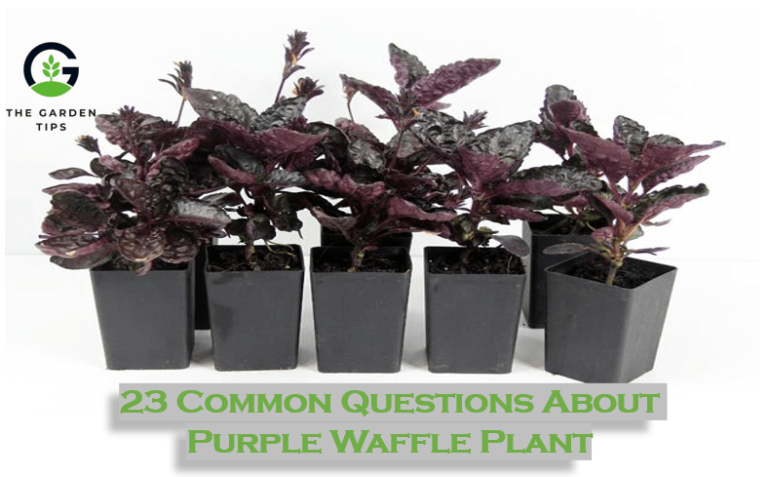The natural shade provided by the trees may appear to be an ideal location for planting shade-loving plants at first look.

Hostas thrive in the shade. Dig a hole under a tree by slightly trimming the tree’s roots for success. Only huge hosta cultivars should be planted. After planting, be careful to mulch and nourish the hostas.
Type of trees
1. Maples
Maple roots are extremely invasive, making growing other plants near their canopy nearly difficult.
2. Willow
It is not advised. Willow roots are slender and produce a thick carpet. Furthermore, these plants rapidly dry up the soil surrounding them.
3. Walnuts
Walnuts produce a poison called juglone, which can harm hostas and many other plants.
4. Oak
The shallow roots of oak do not impede the growth of other plants. However, cultivating hostas in such situations needs extra caution.
5. Conifers (pine & spruce)
There are several examples of effective hosta cultivation beneath coniferous trees. This is particularly true of pine, which has an appropriate crown form.
Planting Hostas Around a Tree
Hostas are a popular type of perennial plant that grows well in shady areas, making them an excellent choice for planting around trees. However, planting hostas around a tree requires special consideration to ensure they receive the right light and moisture. Here are the steps to successfully plant hostas around a tree.
Choose the right location
When planting hostas around a tree, it is critical to select the proper position. Hostas love the shade but require some sunshine to grow. Look for a spot near the tree that gets dappled light or a few hours of the early sun. This will guarantee that your hostas get enough light while being shielded from the intense afternoon sun.
Prepare the soil
Hostas flourish in well-drained soil. Consider adding compost or other organic matter to the soil surrounding your tree if it is heavy and poorly drained. This will keep your hosta roots from sitting in water, which can cause root rot.
Consider the root system of the tree
Before planting hostas, you should evaluate the tree’s root structure. Because tree roots can compete with hostas for moisture and nutrients, plant your hostas far enough away from the tree trunk to avoid root competition. Hostas should be planted at least 2-3 feet from the tree trunk.
Planting the hostas
Choosing the proper size container when planting hostas around a tree is critical. Hostas are frequently offered in pots, so select an adequate pot for the plant’s size. If your hostas are already in pots, ensure the pot is large enough to accommodate the plant’s roots.
Once you’ve decided on the correct size pot, dig a hole in the earth and carefully remove the hosta from its container. Insert the plant into the hole, ensuring the top of the root ball is level with the soil surface. Fill in the earth around the plant and firm it down carefully. After planting, thoroughly water the plant to help settle the dirt around the roots.
Mulching
Mulch around your hostas after planting to help retain moisture and manage soil temperature. Apply a layer of mulch approximately 2-3 inches deep, taking care not to mulch too near the root of the tree or hostas, as this might cause rot.
Watering
Watering is essential while growing hostas around a tree. The soil should be maintained regularly moist but not drenched. It is critical to be cautious of the tree roots and avoid overwatering, which can lead to root rot. Deeply water your hostas once a week or as needed during droughts.
Maintenance
Hostas are low-maintenance plants that need little care once established. However, any yellow or damaged leaves should be removed, and blooms should be deadheaded as they fade. This will assist in keeping the plant looking healthy and appealing.
In conclusion
Planting hostas around a tree is a terrific way to brighten a gloomy spot. You may build a lovely garden that will survive for years by following these procedures and considering the needs of both the tree and the hostas.







